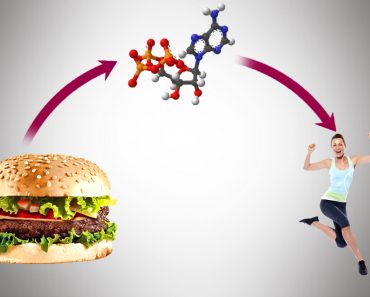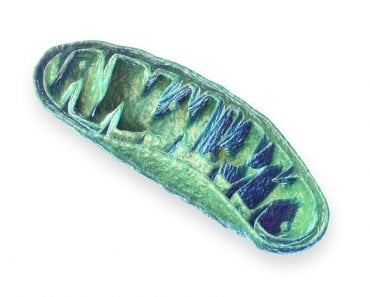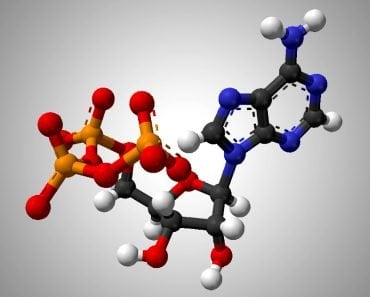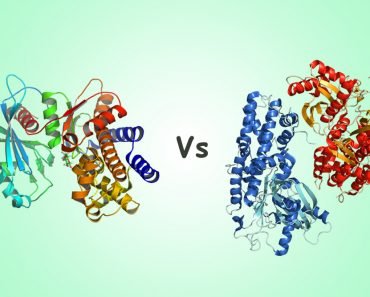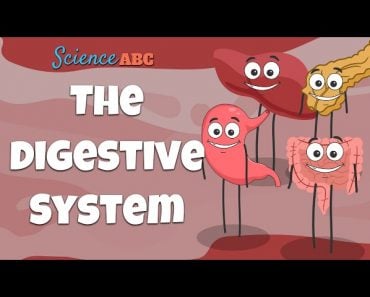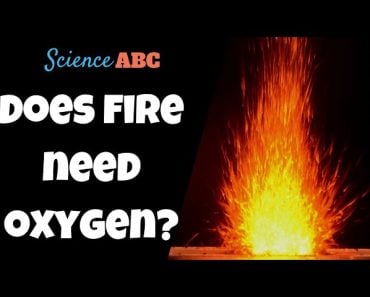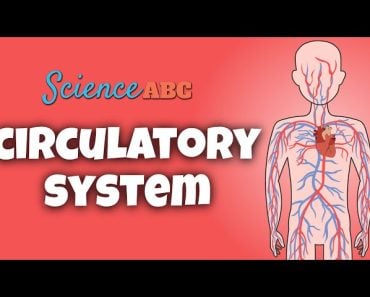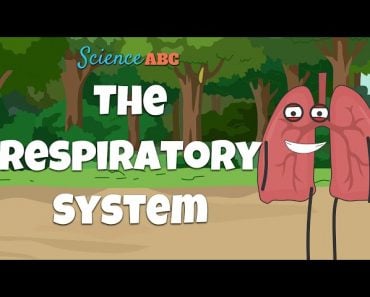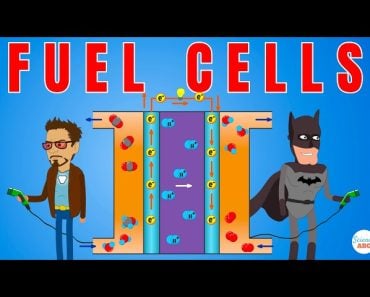Table of Contents (click to expand)
By definition, cellular respiration is the set of catabolic pathways that break down the nutrients we consume into usable forms of chemical energy (ATP). Cellular respiration can occur both with or without the presence of oxygen, and these two main forms are referred to as aerobic and anaerobic respiration, respectively
Everyone knows that food is our main source of energy on the macroscopic scale; you eat a certain balance of proteins, fats and carbohydrates and your body uses those key ingredients for the countless metabolic needs of the body. However, when you get down to the microscopic or cellular level, things get a bit more complicated. The breakdown of the nutrients that we consume and conversion into chemical energy occurs in a process called cellular respiration, one of the key metabolic pathways that we need to survive!
Recommended Video for you:
What Is Cellular Respiration?
By definition, cellular respiration is the set of catabolic pathways that break down the nutrients we consume into usable forms of chemical energy (ATP). Cellular respiration can occur both with or without the presence of oxygen, and these two main forms are referred to as aerobic and anaerobic respiration, respectively. There are a number of key differences between the two, primarily that aerobic respiration is a much more evolved process with a significantly higher yield of ATP.

Aerobic Respiration
There are three main stages of aerobic respiration – glycolysis, the Krebs Cycle, and the electron transport chain – each of which deserves an entire article all to itself, but when looking at the overall process of cellular respiration, we will only look at these stages at a somewhat basic level, leaving out the specific details of every chemical reaction in each stage.
Glycolysis
This first step in the process of aerobic respiration occurs in the cytosol of the cell, and is an important starting point for the rest of the processes. In glycolysis, one molecule of glucose is converted into two molecules of pyruvate over the course of a ten-step reaction involving different enzymes at each step. Additionally, glycolysis requires two molecules of nicotinamide adenine dinucleotide (NAD+), two molecules of inorganic phosphorous, and two molecules of ADP (adenine diphosphate). The additional products from the reaction include two molecules of ATP 2 molecules of NADH(reduced nicotinamide adenine dinucleotide), 2 water molecules, 2 hydrogen molecules and heat!
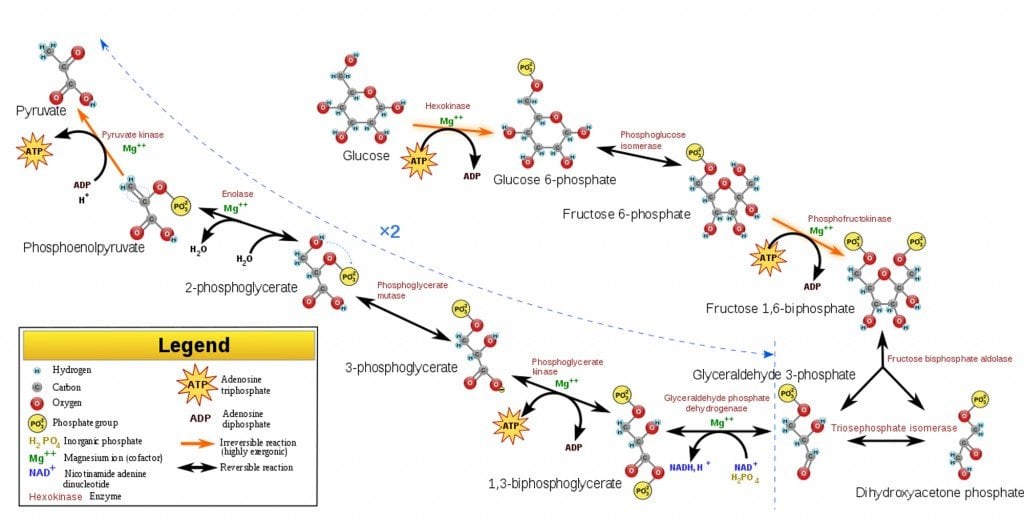
The heat and water are considered waste products, the ATP is an immediately usable form of cellular energy, the NADH will be usable later in the aerobic respiration process and the pyruvate acts as the primary substrate in the next step of the process.
Krebs Cycle (Citric Acid Cycle)
Similar to the process of glycolysis, there are many individual steps of the Krebs’ Cycle, the details of which are beyond the scope of this article. Basically, the Krebs Cycle is a stage of cellular respiration that takes place in the mitochondria in the presence of oxygen, unlike glycolysis, which occurred in the cytosol and can occur without oxygen being present.
The final product of glycolysis, two molecules of pyruvate, will enter the Krebs’ cycle in the matrix of the mitochondria, and will ultimately be converted into two molecules of ATP, 8 NADH and 2 FADH2 molecules. Those latter two molecules are high-energy electron carriers, and will be able to produce a significant amount of chemical energy in the electron transport chain.
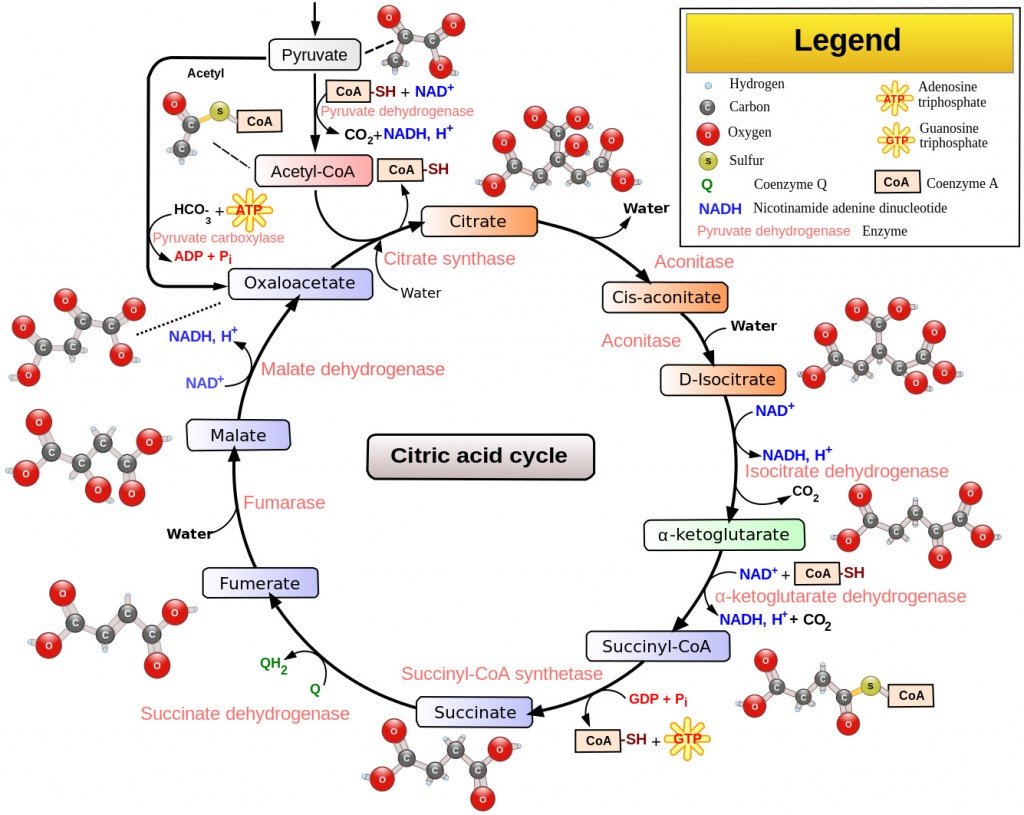
In the actual functioning of the Krebs’ Cycle, however, the pyruvate from glycolysis goes on an interesting journey, albeit a bit confusing. Before the pyruvate enters the cycle, it will be converted with an enzyme into acetyl-CoA, a two-carbon molecule attached to a coenzyme. This first reaction results in the removal of an electron and a carbon group, and the production of one NADH molecule. That acetyl-CoA bonds with oxaloacetate, creating a six-carbon molecule (citric acid), and releasing the coenzyme.
As the cycle continues, additional carbon dioxide molecules are removed from the citric acid, creating an additional molecule of NADH each time. Around the halfway point of the cycle, 2 more molecules of ATP are created, and then the regenerative stage of the cycle begins. In these final reactions, the four-carbon molecule, oxaloacetate, must be re-formed to continue re-start the cycle, and that regenerative process creates two molecules of FADH2.
The NADH and FADHs molecules will move on to the final stage of cellular respiration, while the ATP will become available for use by the cell.
Electron Transport Chain
This is arguably the coolest and most unique stage of cellular respiration, and takes place near the membrane of the mitochondria, in a large protein complex that functions as an ATP factory. One of the primary functions of the membrane of the mitochondria is to prevent the flow of protons into the organelle, which establishes a strong gradient of positive charge on either side of this membrane. As some of you may know, when there is a charge gradient, there is the potential for work to be done.
In the case of the electron transport chain, there are four major proton complexes that bridge the membrane of the mitochondria, simply number 1, 2, 3 and 4. All of these protein complexes directly or indirectly pump protons out of the mitochondrial matrix into the extracellular fluid. The energy required to run those critical pumps comes from the energy released during the transfer of electrons through a waterfall series of chemical reactions.

The NADH that was produced in glycolysis and the Krebs’ cycle will be the primary source of these electrons. NADH molecules drop off their electrons in protein complex 1, which are then then moved to protein complex 3 via coenzyme Q. The FADH2 molecules from the Krebs’ Cycle deposit their electrons in protein complex 2. The same coenzyme Q takes those electrons to protein complex 3. Cytochrome C carries 1 electron from each coenzyme Q to protein complex 4, while the other electron can be recycled. When the electrons leave protein complex 4, oxygen functions as the final electron acceptor, and produces water.
As a result of the proton gradient that is maintained through that final step of the electron transport chain, more protons must continually be pumped into the membrane. This happens via ATP synthase, the final factory of respiration. When this protein complex is engaged, the flow of protons over the gradient will induce the creation of additional ATP.
The net product of the electron transport chain (from one molecule of glucose) is 32 molecules of ATP, as well as six molecules of water.
Combining this with the previous products of the other respiration stages, you will find that a single molecule of glucose entering the cell, in the presence of oxygen, will produce 36 ATP, 6 water molecules and 6 carbon dioxide molecules!
Anaerobic Respiration
In the absence of oxygen, there is another form of cellular respiration that is available to organisms – anaerobic respiration. If there is not enough oxygen available for the energetic demands – such as when you are running a marathon or undergoing intense exertion – your body is still able to produce small amounts of energy without oxygen as an electron acceptor.
Without oxygen, anaerobic respiration is able to convert glucose into lactic acid, and release a small amount of energy – 2 ATP. Think back to the glycolysis step of aerobic respiration; the process is the same for anaerobic respiration, except the end product is not pyruvate, but lactate. However, lactic acid is actually a poisonous compound in the body, in that it will negatively impact muscle function if too much is built up (as a product of anaerobic respiration).
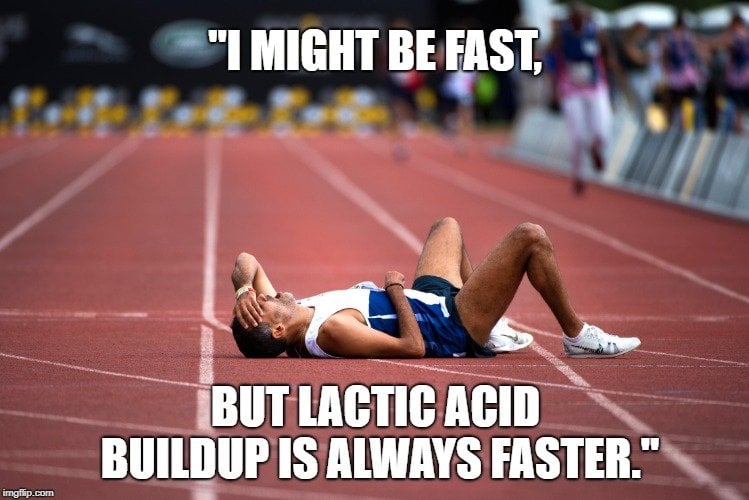
Lactic acid buildup is what causes cramps during intense exercise, and that discomfort can only be alleviated by re-oxygenating your body, which will allow for aerobic respiration to begin and stimulate the breakdown of lactic acid into carbon dioxide and water. This is also why your body has a limit to how far it can sprint!
Aerobic respiration is far more efficient and will generate much more energy from the same molecule of glucose; anaerobic respiration produces 2 ATP versus 36 ATP in aerobic respiration, so the difference is clear.
A Final Word
While the inner workings of cellular respiration may seem a bit confusing, understanding things on a microcosmic and macrocosmic scale is extremely important! This article still simplified the complexity of these respiration stages; there are more in-depth articles on glycolysis, the Krebs’ Cycle and the electron transport chain elsewhere on this site!



